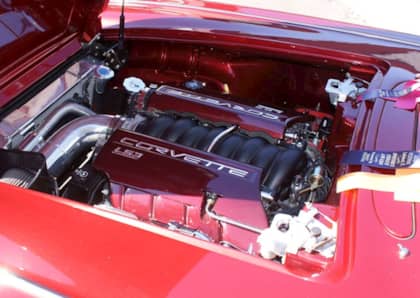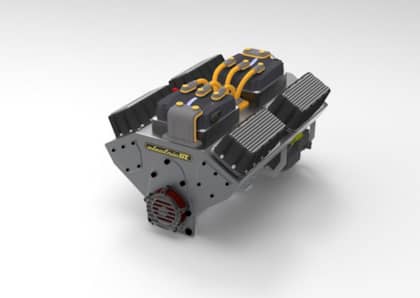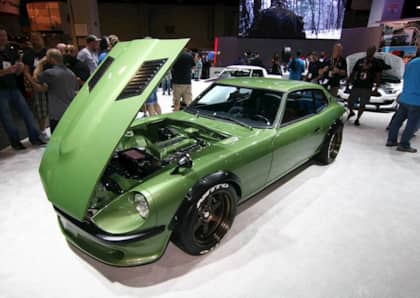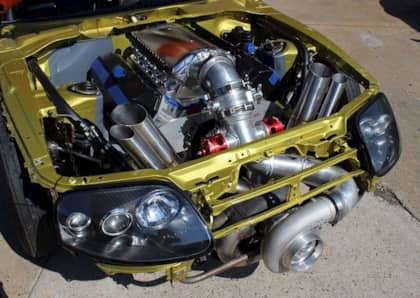(Not) Keeping It In The Family: 3 Reasons Why Cross-Brand Engine Swaps Make So Much Sense
In some automotive circles, it's considered heretical to even talk about going outside the mother brand for any type of significant parts replacement. This is particularly true of engine swaps. While no one would bat an eye at dropping an LS V8 in a classic C10 pickup, for example, there are purists out there who foam at the mouth at the thought of stuffing a small block Chevrolet under the hood of an otherwise period-correct Pontiac Firebird, despite them both being GM stablemates.
The thing is, there are often compelling reasons to raise one's gaze above the mechanicals offered by the badge on the hood and seek out a competitor's solution to the same problem. Engine swaps that cross company lines often make a lot of sense, and almost always grab attention, which makes them increasingly common among builders unfazed by the occasional side-eye.
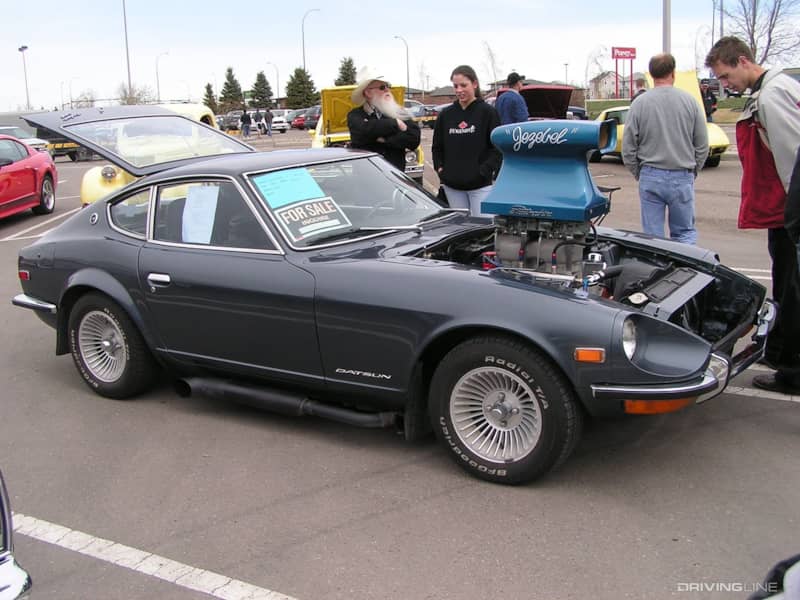
Let's take a look at the 3 most compelling reasons to mix automotive DNA when choosing an engine swap candidate.
1. Cost
Unless you're running a high end shop or staging a garage-based reality show where there's more shouting than actual wrenching, budget is a typical concern for any engine swap project.
How much a motor transplant costs is usually a function of two things. The first is availability—the more common a power plant is, the cheaper it will be to purchase. This is one of the primary reasons so many LS swaps feature 5.3-liter and 6.0-liter iron block motors sourced from the millions of General Motors trucks and SUVs sold throughout the 2000s. They are inexpensive to buy and easy to locate.
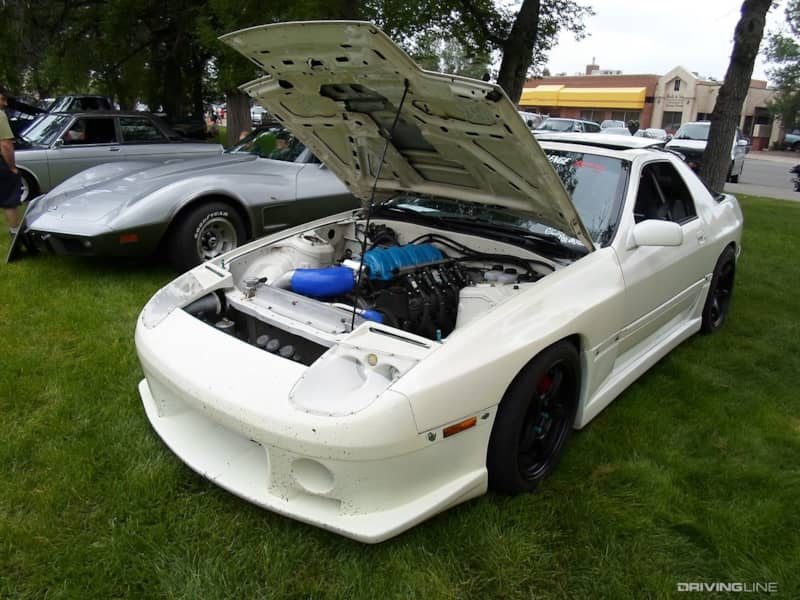
This is also a driver for almost every import out there that features a power plant from a domestic, or even Japanese market competitor. Typically, when a Datsun or Nissan is outfitted with an LS or a 2JZ instead of an RB26, it's not for shock value—it's because Skyline engines are significantly more expensive to purchase, and much harder to locate in good condition.
The second limiting factor when it comes to paying for a swap is the complexity of the installation itself. Why do so many hot rods have Gen I-II small block Chevrolet engines under the hood? It's because not only are SBCs plentiful on the ground (they were GM's go-to V8 before the Gen III LS appeared on the scene), but in carbureted form they require no electronics to control, and feature a relatively compact form factor that allows them to fit into almost any platform with very little modification.
Turbocharged engines with all of their associated plumbing, dual-overhead cam designs with wide cylinder heads, and inline engines with their long blocks? Not nearly as simple to engineer a swap for, consequently driving up the price of a project.
2. Parts Availability
Anyone who's owned a limited-production vehicle knows the trials and tribulations of trying to locate uncommon parts. When choosing an engine for a swap, why would you want to subject yourself to the same kind of hassle? The coolest drivetrain in the world isn't going to do you much good if it has to sit in the shop for weeks at a time waiting for far-away parts to arrive in the mail every time something breaks or needs to be replaced.
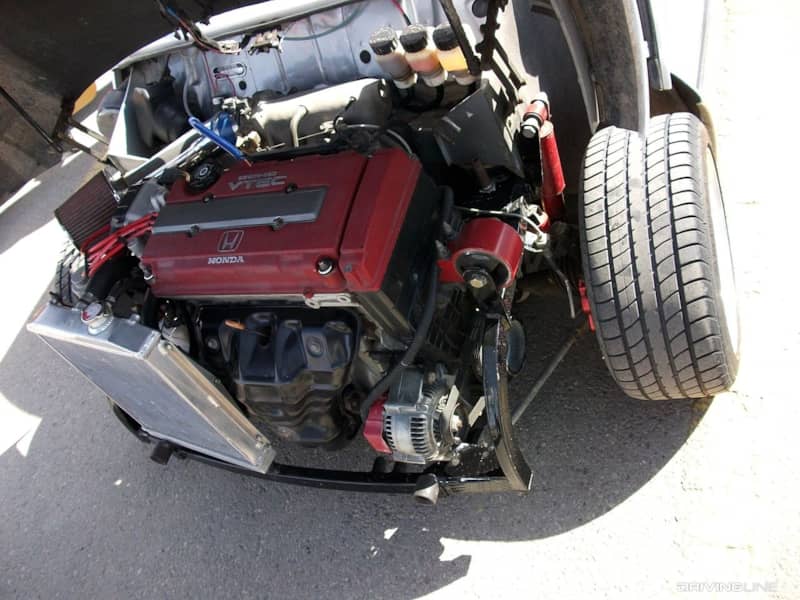
Parts availability is often linked to the area of the world where the vehicle in question resides. Historically, American builders have had excellent access to pushrod V8s, Europeans to high-revving, small-displacement four-cylinder engines and Japanese shops a range of turbocharged options. These were the most common performance engines available in their respective markets, and as such there is strong aftermarket and factory parts support for them in those areas, as well as high number of donor vehicles.
Hollywood offers us a perfect example of exactly this kind of swap. In 'Fast and Furious: Tokyo Drift," the main character wins the climactic final drift battle behind the wheel of a 1967 Ford Mustang outfitted with an RB26 engine. In America, it would be a challenge to replace a Ford V8 with a twin-turbo six, but in Japan, where the movie takes place, it's far easier to source a Nissan motor and all the parts necessary to build it for power than it would be to stay true Ford blue. Think of it as the counterpoint to the Datsun example in the previous section.
3. Power
Almost every engine out there can be tuned for more power. Forced induction, increased displacement, better breathing and trick exhaust setups can be custom-fabricated for any motor, as long as you don't mind spending the money.
At a certain point, however, it simply stops making sense. Why dump a truckload of cash into a factory-correct engine when a swap to another brand will provide the same grunt at a third of the cost? This is the ethos behind a thousand LS swaps—cheap, reliable power, regardless of where the engine ends up.
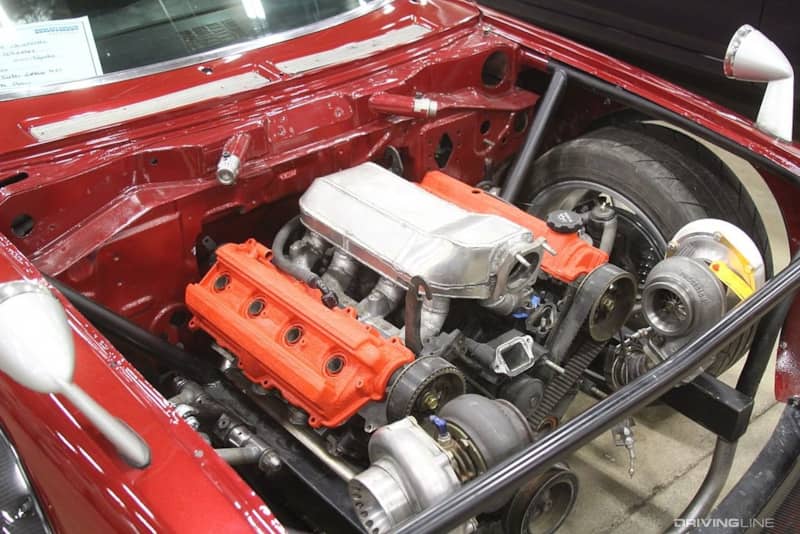
Although this might seem like the same argument as the first two points, it's actually coming from a different angle. Earlier, we argued that an import owner might install a domestic motor because it was simply more available than an OEM choice, or because it has better local parts support. Here, we're explaining why someone would choose a swap instead of building their existing engine for more power.
Some of the most common cases are found in the drag racing world. Take Fox-platform Mustangs, where turbocharged LS V8 swaps have become increasingly popular. Is this because it's impossible to build the stock 5.0 pushrod engine that these cars came with, or that Ford options such as the 5.0 Coyote DOHC are unavailable? No—it's because the dollars-to-performance ratio is in favor of the Chevy-sourced power plant.
Sometimes, an engine swap can be a soul-searching decision. Click here for a deep dive into the 'to swap or not to swap' question.




